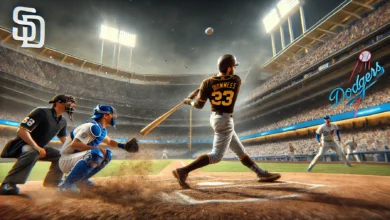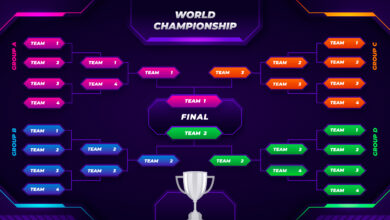Mastering the Game with the Right Connections Hint 2024
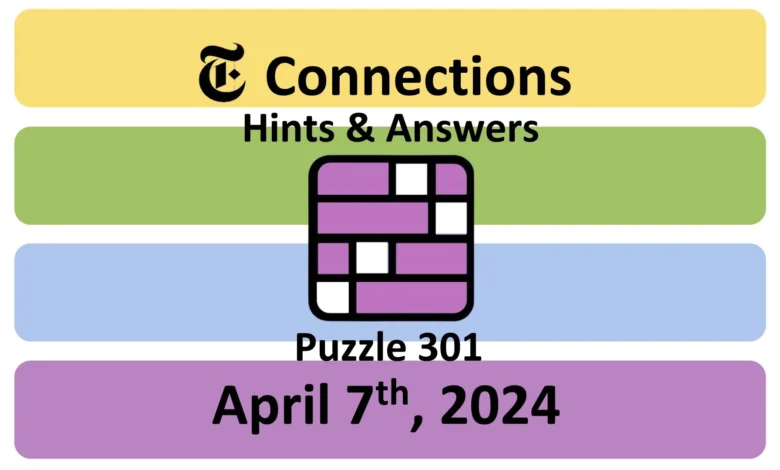
Introduction: Understanding the Buzz Around “Connections Hint”
If you’ve recently found yourself Googling “connections hint,” chances are you’re hooked on the wildly popular New York Times puzzle game “Connections.” This colorful daily challenge has taken the internet by storm, and players everywhere are seeking clever hints to crack the puzzle without revealing the full answers. But what exactly is a “connections hint,” and how can it help you play smarter without spoiling the fun?
In this article, we’ll dive deep into what makes this game so engaging, why people search for hints instead of answers, and how you can use subtle nudges to improve your solving strategy. Whether you’re a casual solver or a daily devotee aiming for perfect scores, this article is your ultimate guide to understanding and mastering the art of finding the perfect “connections hint.”
We’ll walk through proven strategies, examples, common pitfalls, and tips on how to enjoy the game without frustration. Plus, we’ll explore why this trend has captivated puzzle lovers of all ages and how hints play a key role in sustaining the excitement of the game.
What is the NYT Connections Game?
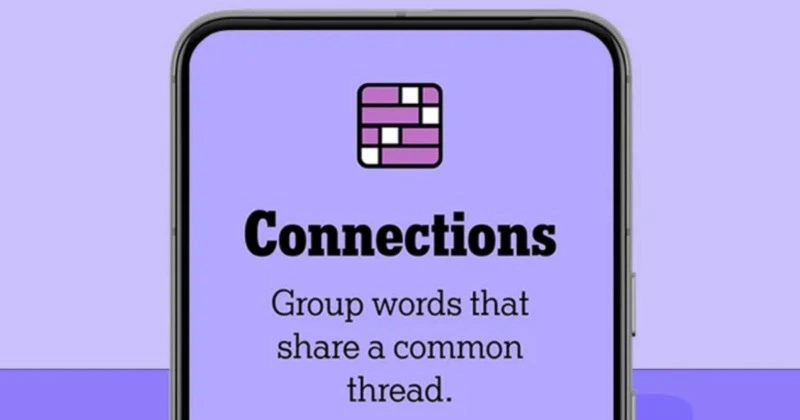
Before we jump into the idea of hints, let’s make sure we’re all on the same page about the game itself. NYT Connections is a word puzzle created by The New York Times, similar in popularity to its crossword and Wordle. The goal is to sort 16 words into four categories of four words each. These groups are often based on themes like “types of fruit,” “book titles,” or “words with double meanings.”
The trick is that many of the words seem to belong in more than one category, which means players must be both logical and creative. Every group you identify correctly brings you closer to solving the whole puzzle. However, the challenge grows with the inclusion of red herrings and clever wordplay.
This is where the need for a “connections hint” arises. Players don’t want the full solution — that ruins the fun — but a small hint can guide them in the right direction without giving too much away.
Why Players Prefer Hints Over Full Answers
Hints are incredibly popular among puzzle game enthusiasts for a few key reasons. First, they preserve the thrill of solving. Full answers can make the game feel too easy, almost like reading the end of a mystery novel before finishing the first chapter. A hint, on the other hand, is like a nudge from a friend — just enough to help you see the pattern for yourself.
Second, hints help you learn. When you figure out the solution after a little help, your brain processes the information more deeply. That’s why teachers use guided learning — it’s effective! Similarly, solving with a hint helps develop your pattern recognition and critical thinking skills.
Third, there’s a social component. Many players share hints with friends or online communities. It’s become part of the game’s culture: post your grid, discuss strategies, and trade hints without revealing spoilers.
So when someone types “connections hint” into Google, they’re not asking to cheat — they’re asking for a smarter way to play.
What Makes a Good Connections Hint?
A well-crafted hint is like a key without a lock — it opens possibilities without handing over the answer. Good hints do not directly point to the answer but instead guide your thought process in the right direction. Here’s what makes a strong hint in the Connections game:
1. Category-Based Hints
Instead of saying, “These four words are types of pasta,” a good hint might say, “Think Italian cuisine.” This prompts the player to explore ideas rather than giving it away.
2. Level of Obscurity
Hints can range from very vague (e.g., “A musical theme might be helpful”) to more specific (e.g., “Think of instruments with strings”). The best hints find a middle ground — clear enough to be helpful, obscure enough to challenge.
3. Visual or Verbal Cues
Sometimes, providing a metaphor or analogy helps. For example, “One group might fly away from you” for a set about birds. The more playful the hint, the more enjoyable the solving experience.
4. Strategic Timing
Giving a hint too early can spoil the journey. A good hint is offered when a player is stuck after trying a few possibilities. This keeps frustration low and enjoyment high.
How to Find Reliable Daily Connections Hints
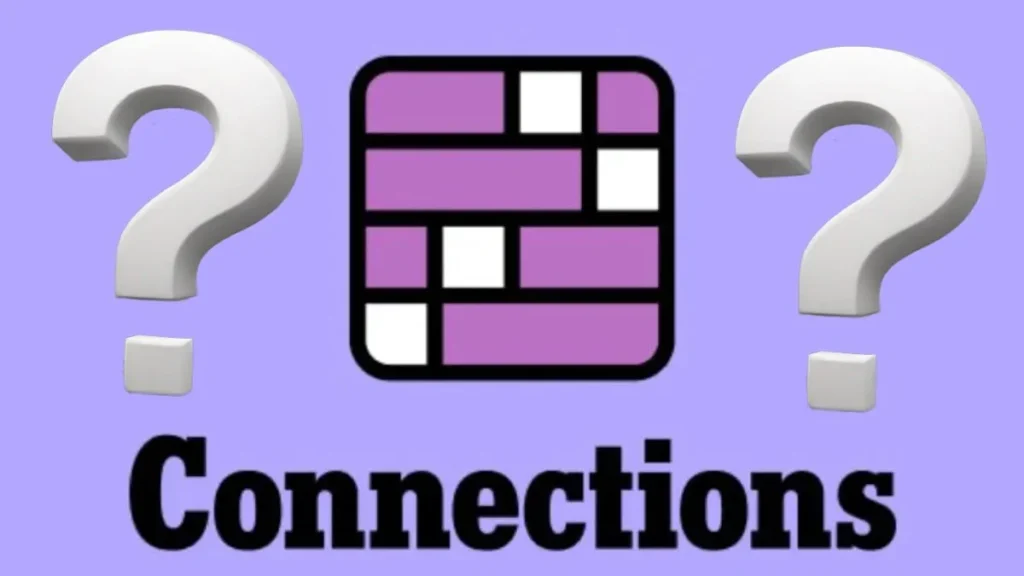
Since the game updates every day, finding the right source for fresh, non-spoiler hints is crucial. Here are a few ways to access reliable “connections hint” sources without risking spoilers:
1. Official NYT Games Site (Sometimes Subtle Hints)
While the NYT doesn’t usually publish hints, they occasionally offer thematic nudges in their editor’s notes or community sections. It’s worth checking their blogs.
2. Puzzle Communities on Reddit or Discord
Subreddits like r/Connections NYT often share gentle hints categorized by difficulty — yellow (easy), green (medium), blue (hard), and purple (tricky). Community members take pride in keeping their hints spoiler-free.
3. Puzzle Blogs and Daily Hint Websites
Several websites now post daily hints under the keyword “connections hint” — but be cautious. Stick to those that label their hints clearly and avoid sites that show full answers without warning.
4. Social Media Threads (With Spoiler Tags)
On platforms like X (formerly Twitter), Threads, and Facebook, many players post hints with clear spoiler formatting. Just search “Connections hint” and look for today’s date.
Common Mistakes When Using Connections Hints
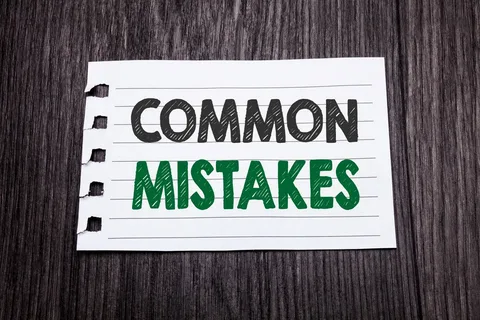
While hints are helpful, over-reliance or misreading can sometimes lead players astray. Here are a few common errors to watch out for:
1. Taking Hints Too Literally
Sometimes players take metaphors as direct categories. A hint like “These are sweet” could relate to desserts, candy brands, or even pop music. Always consider broader interpretations.
2. Jumping to Conclusions
After reading a hint, it’s tempting to assume your first guess is correct. But remember: the Connections puzzle is built to trick you. Always test and verify before committing.
3. Ignoring Wordplay or Double Meanings
Some groups rely on puns or homonyms. A hint may suggest a direction, but without considering multiple meanings, you could miss the point.
4. Mixing Up Difficulty Levels
The game categorizes groups from easiest (yellow) to hardest (purple). If a hint feels too simple, you might be applying it to the wrong group. Always think in terms of difficulty tiers.
Best Strategies to Solve Connections Without Spoilers
Aside from using hints, there are some powerful strategies to improve your solving skills while keeping the game fun:
1. Grouping by Theme
Start by looking at the 16 words and mentally sorting them into themes. Don’t rush to guess — just group and observe.
2. Eliminate Obvious Red Herrings
Some words are placed to mislead you. If a word feels like it belongs in two or more groups, set it aside temporarily.
3. Consider Word Length and Structure
Sometimes groups are built on structural similarities, like rhyming or compound words. These patterns can be less obvious but are often the key to solving purple-level categories.
4. Practice Pattern Recognition
The more you play, the more you’ll recognize NYT’s tendencies. Some common themes include geography, pop culture, idioms, and homophones.
5. Use a Hint When Stuck — Then Reflect
Don’t be afraid to look for a “connections hint” after a few failed guesses. But afterward, ask yourself: Why was that group correct? This helps build long-term skills.
The Rise of “Connections Hint” as a Search Trend

Over the past year, the term “connections hint” has spiked in popularity on Google Trends. That’s because the game has become a daily ritual for thousands of players — and many of them are seeking a balanced way to enjoy the game without outright spoilers.
Just like how Wardle gave rise to “Wardle tips” and “starter words,” Connections now has its own ecosystem of hint-seekers, communities, and creators. YouTubers are posting hint-only videos, bloggers offer subtle nudges, and players exchange coded help like “Group 3 is very energetic today.”
This cultural shift shows how players value both the challenge and the community around puzzle-solving. And as long as the NYT continues to innovate with clever themes, the demand for smart, respectful hints will only grow.
Conclusion: Using Connections Hints to Play Smarter, Not Easier
The art of using a “connections hint” is less about cheating and more about enhancing your gameplay. It’s about maintaining the joy of discovery, avoiding frustration, and becoming a better puzzle solver over time. Whether you use hints sparingly or regularly, what matters most is that you’re engaging your mind and enjoying the experience.
The best players aren’t the ones who never need help — they’re the ones who know when and how to use it wisely. So the next time you’re stuck, don’t be afraid to search “connections hint.” Just make sure you use it as a stepping stone, not a shortcut.
Keep playing. Keep thinking. And most importantly, keep connecting.

